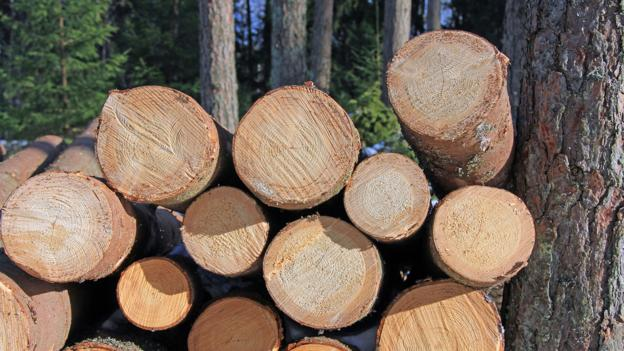With bushfire season approaching, thoughts turn to designing and building to minimise the potential risk of damage to homes in areas that may be affected. While some people imagine that doing so would preclude the use of wood and wood products, this is not the case.
Timber framing and wood products can be used for many applications in residential construction in designated bushfire-prone areas, subject to the requirements of Australian Standard AS3959 Construction of buildings in bushfire-prone areas, and any additional local or regional requirements.
Developed and refined through a consultation process over many years, AS3959 reflects the latest in building and materials science, technology and systems. The standard is a consensus-based document that is referenced by the National Construction Code.
Designing to ‘build out’ the effects of bushfires seeks to minimise the risks from ember, radiant heat and even from flames impacting on buildings. With appropriate design decisions, that meet the requirements of AS3959, attractive timber homes can be built, using sustainably sourced wood and wood products both inside and out.
A key requirement of the Standard is to limit the size of gaps to reduce the potential entry of burning embers as well as to protect the occupants and building from the effects of radiant heat from a bushfire.
Bushfire Attack Levels (BAL) are calculated to assess the degree of risk of bushfire attack on an individual building site. There are six BAL ratings and each has specific construction requirements relating to the materials that may be used, and how they are used, in residential construction.
Timber can be used for house framing and all interior applications, including flooring, skirting, architraves and cabinetry in all BALs.
“Understanding what is required for each BAL under the Standard is actually quite straightforward,” said Boris Iskra, a structural engineer with additional fire qualifications, who is the National Codes and Standards Manager at Forest and Wood Products Australia Ltd (FWPA).
“However, depending on the location of the project, it may be not as simple as the Standard alone. Some states and local government authorities adopt more onerous requirements than the Standard, even to the point of eliminating the lower BAL options. This obviously makes conforming to the revised conditions more difficult on a greater number of sites than would have otherwise been affected.”
Through the WoodSolutions (woodsolutions.com.au) website, Forest & Wood Products Australia provides a range of resources to help owners, designers and builders enjoy the aesthetic, functional and environmental benefits of wood in BAL locations, while meeting the requirements of the Australian Standard and local additions.
“I encourage people to go to the websites and look at the available resources,” said Mr Iskra, “it would be a great pity if people missed out on gaining all the advantages of wood just because they didn’t have the information about how to use it in ways that comply with the Standard.”

